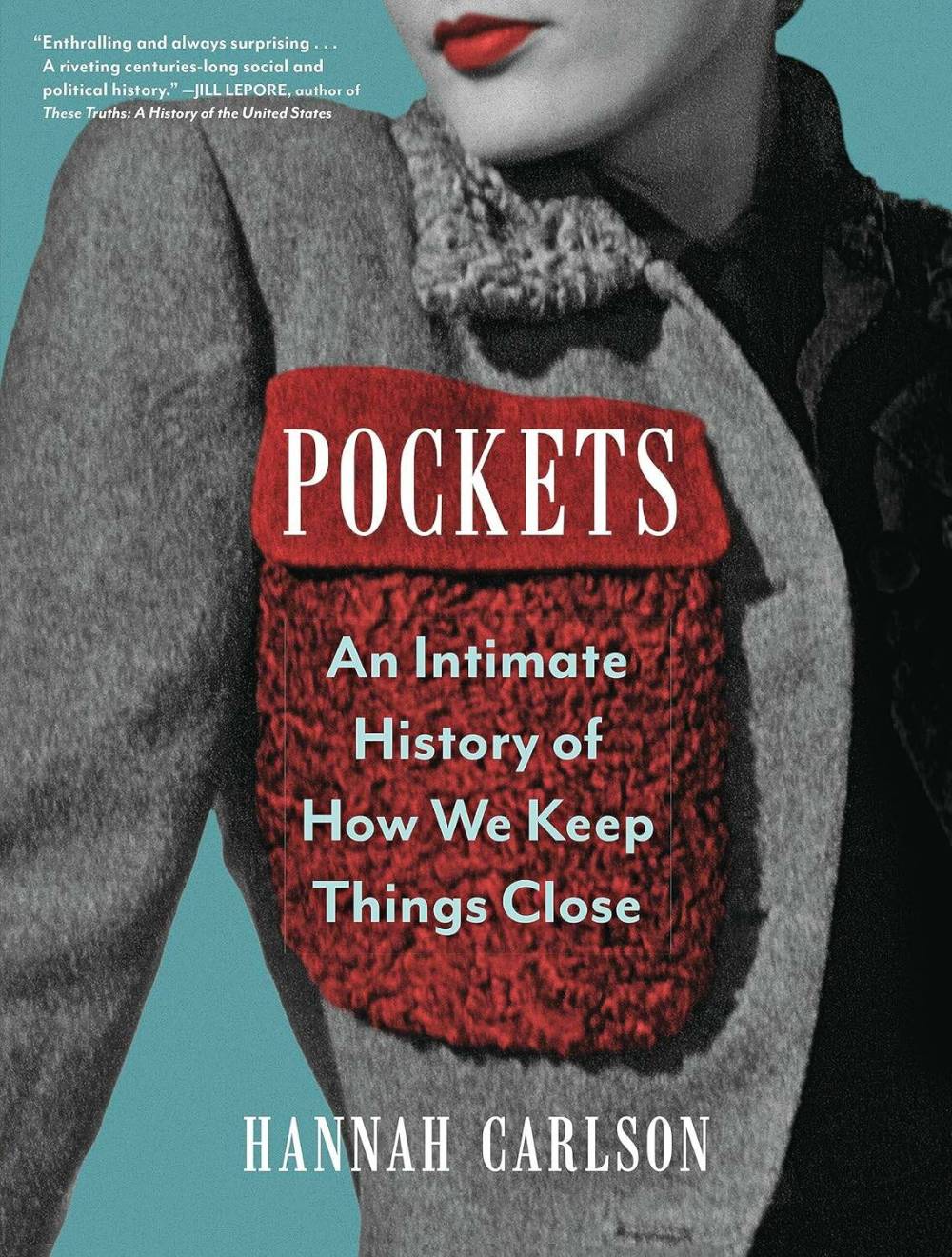Pocket change
Ubiquitous component of today’s clothing was once for men only
Advertisement
Read this article for free:
or
Already have an account? Log in here »
To continue reading, please subscribe:
Monthly Digital Subscription
$1 per week for 24 weeks*
- Enjoy unlimited reading on winnipegfreepress.com
- Read the E-Edition, our digital replica newspaper
- Access News Break, our award-winning app
- Play interactive puzzles
*Billed as $4.00 plus GST every four weeks. After 24 weeks, price increases to the regular rate of $19.00 plus GST every four weeks. Offer available to new and qualified returning subscribers only. Cancel any time.
Monthly Digital Subscription
$4.75/week*
- Enjoy unlimited reading on winnipegfreepress.com
- Read the E-Edition, our digital replica newspaper
- Access News Break, our award-winning app
- Play interactive puzzles
*Billed as $19 plus GST every four weeks. Cancel any time.
To continue reading, please subscribe:
Add Free Press access to your Brandon Sun subscription for only an additional
$1 for the first 4 weeks*
*Your next subscription payment will increase by $1.00 and you will be charged $16.99 plus GST for four weeks. After four weeks, your payment will increase to $23.99 plus GST every four weeks.
Read unlimited articles for free today:
or
Already have an account? Log in here »
Hey there, time traveller!
This article was published 07/10/2023 (731 days ago), so information in it may no longer be current.
What’s the big deal about pockets, one might ask — they’re in our pants, jackets, shirts, dresses and whatever when we need them, so why analyze such an everyday item?
Well, the useful, everyday pocket we have so many uses for has a long history, and is one of the more evident symbols of inequality between men and women.
Before pockets, both men and women carried purses, basically a satchel to store stuff. Things changed dramatically with the invention of pockets in the 1550s — an invention for men only at first since, as men did things, they needed a place to carry knick-knacks and tools. Not so for women.
Ruth Bonneville / Winnipeg Free Press files
Pockets cutline TK…
“Pocket sexism” is a key theme in this entertaining, slightly academic review of how attitudes toward pockets have changed over the course of the past several centuries by Hannah Carlson, a lecturer in dress history at the Rhode Island School of Design.
For most of history, the pocket club has been exclusively male. Sometimes it was to minimize women — who, if they didn’t have a place to carry a few coins, were unable to make purchases without their husbands’ approval. Other times, they were confined in clothes so tight-fitting that pockets were unthinkable.
In Pockets Carlson gives an extensive historical overview of the development of pockets and their use as clothing styles changed over time, even if the dearth of pockets for women was a constant.
Men have fairly consistently had pockets, the author writes, unless they were wearing suits of armour, which had nowhere to secure a wallet. Or unless they were enslaved men, who were deprived of pockets as yet another way of making sure they kept no secrets.
The book recounts the stories of runaway slaves who tailored their clothes to add functional space that was useful during flight. It improved the chances of escaping capture and transformed their pocketless coats — a symbol of their servitude — into more conventional style.
As designers began to incorporate pockets in women’s clothes, they were virtually useless for their prime purpose of holding objects, being a design element only.

Pockets
Carlson writes that rare instances occurred where women’s clothes actually had a usable pocket — but not in the U.S., where the feminine silhouette has been revered to the point where even the coats of the Women’s Army Corps during the Second World War lacked adequate storage. She wonders, “Did even a pack of cigarettes threaten to disfigure the breast, making it lumpy and misshapen — a metaphor for servicemen’s worst fears: that women would no longer be recognizable as women after joining the army?”
The pocket sexism plays out on the schoolyard as well, as popular writing over time has gushed over the myriad items in little boys’ pockets from rocks and twigs and marbles and even living cargo like small frogs. It was and still is to some extent a coming-of-age tradition for boys, but not girls.
Carlson, however, quotes a mother taking clothing makers to task in a viral tweet about the lack of pockets in her toddler’s wardrobe: “She has THINGS TO HOLD, like rocks and Power Rangers. She’s resorted to putting stuff down her shirt.”
The book also includes the genesis and widespread use of cargo pockets, a style embraced and reviled since their initial use and through subsequent revivals.
Carlson melds extensive historical research and a light touch into an interesting, entertaining account of the functional and cultural development of the pocket, an item mostly taken for granted today.
Clothing makers recognize a partnership between garments and objects, handy implements you never know when you’ll need, she writes, adding: “With pockets at our sides, we need never be entirely alone.”
Louis Lanzano / The Associated Press files
And what would we do with our hands?
Chris Smith is a Winnipeg writer.

